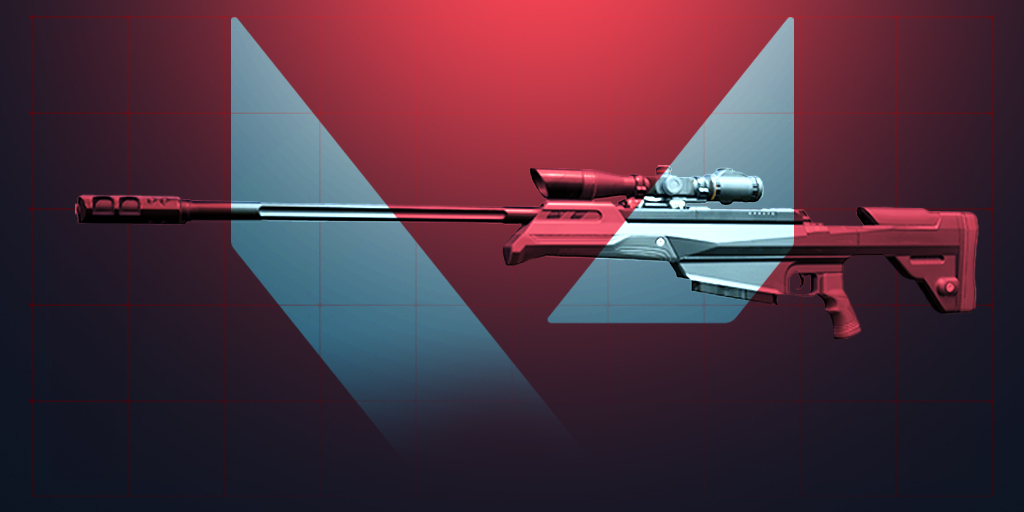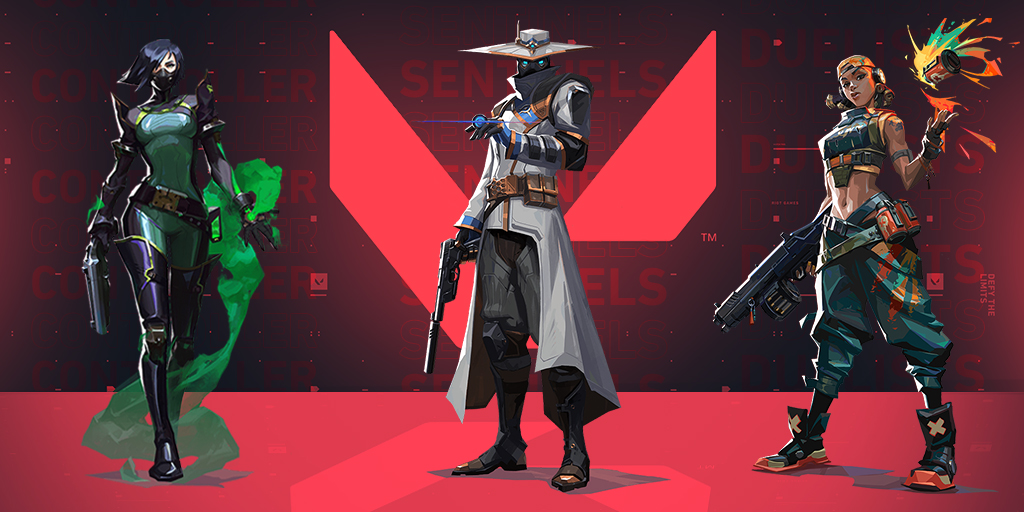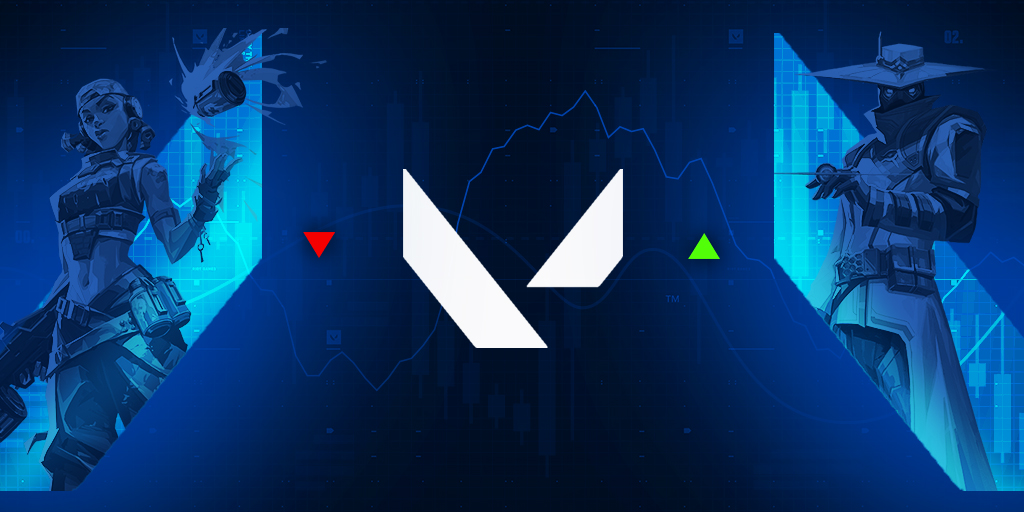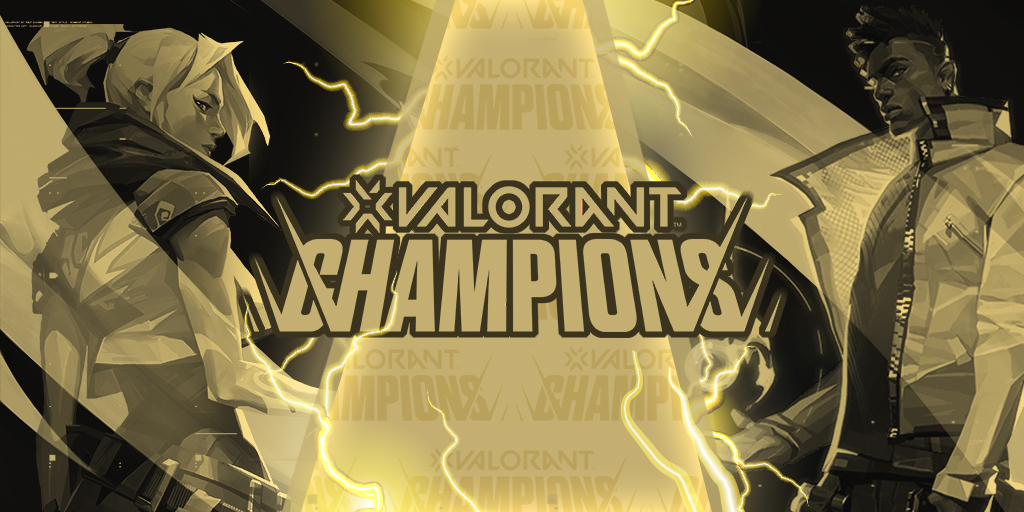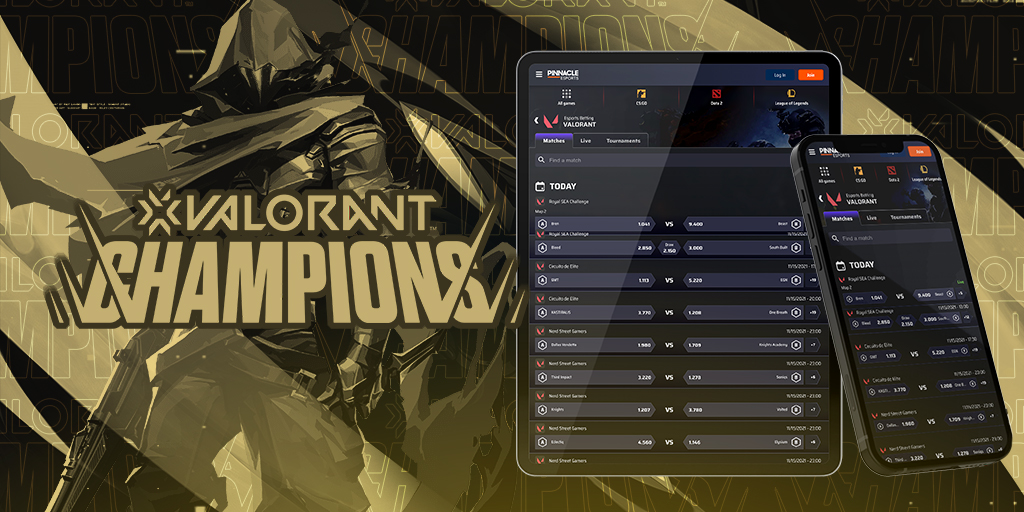The Operator has been a contentious weapon within the VALORANT communnity, in this article we take a look at the weapon and it's impact on the game. Read on to find out more.
The basics of the Operator
The Operator, also known as the ‘OP’, is a bolt-action sniper rifle that costs 4700 credits to purchase. It has a magazine capacity of five, a fire rate of 0.60/sec, has high wall penetration, and within 0 - 50 metres deals 255/150/120 damage to the head, body, and leg respectively if an opponent has no armour.
Within VALORANT the gun has been a potent weapon, seeing play by both the Attackers and Defenders in the game, with usage of the gun more prolific on the Defender side. This is primarily due to the low-risk, high-reward proposition that the weapon presents to Defenders that hold angles that leverage peeker’s advantage.
Without going into the technical details of peeker’s advantage, it allows a player to utilise a position on a map that gives them crucial milliseconds to react to an opponent entering their visual sightline before the same could be said on the opposite end. Given that one bullet from an OP will kill an opponent if the body or head is hit, peeker’s advantage is particularly noticeable when players use the weapon.
The powerful nature of utilising the OP in this way has prompted debate within the VALORANT community, and has also pushed the developers to make changes to the weapon itself to make it less oppressive when playing against it.
How to counter the Operator
Before the changes seen in Patch 1.09 that saw a suite of adjustments to the Operator, the primary issue for players facing the weapon was the inability to effectively engage it without the usage of utility abilities such as flashes and smokes to disrupt the player holding the angle.
In a successful engagement, the Operator player is killed and the threat is neutralised, however if the player is not killed, this presents the opportunity for the OP player to reorient themselves by counter-engaging the angle they were holding or falling back to another position to force a team to expend more of its limited utility. This secondary scenario, where a team has to expend additional utility to engage or neutralise the sphere of influence of the weapon, is what makes it particularly potent, even if it isn’t getting any kills.
In the game’s current state, using utility abilities is the only reliable way to engage with the OP and this poses a problem when utility is limited and a high-degree of coordination is required between players to ensure flashes and smokes are deployed correctly.
The Operator and Jett
The rise of the Operator correlates strongly with the usage of the agent known as ‘Jett’, with a number of professional players like Matthew ‘Wardell’ Yu and Oscar ‘Mixwell’ Cañellas showing the effectiveness of the combination at the highest levels of competition.
Jett has a number of abilities that make the agent the most elusive in the game, such as: Tailwind (an instantaneous dash in a given direction); Updraft (an ability that propels her into the air); Cloudburst (a player-directed smokescreen); and Blade Storm (Jett’s ultimate ability that grants her five highly accurate throwing knives).
Tailwind and Updraft are two abilities in particular that are seen to amplify the strength of the OP. Tailwind allows for Jett to make aggressive moves with the weapon, whilst being able to reposition at a moment’s notice if under threat from an opponent. Updraft, on the other hand, allows Jett to leverage an elevated position, adding verticality to the threat she may pose when using the OP.
Overall, Jett’s kit seems to compliment the weapon the best out of all agents currently available in VALORANT and this is reflected at the professional level, where the weapon is closely associated with her.
What is the impact at the professional level?
In the most recent set of Ignition series events, PopFlash for North America and BLAST Twitch Invitational for Europe, Jett saw a 79% and 59% pick rate respectively, with the usage of the OP correlating closely with the agent pick. As reflected in the pick rates for Jett, the combination seems to be far more popular in North America than it is in Europe, which illustrates some stylistic differences in the approach to the meta.
The general trend at the professional level shows that teams who can effectively leverage the Jett and OP combination are more successful and dominant in competition. Two teams that illustrate this are G2 Esports and Team SoloMid, who both have prolific OP players in Mixwell and Wardell, and are top teams within their regions.
With the changes to the Operator in Patch 1.09, the primary question for professionals is whether or not the weapon remains as viable as it once was. In particular the change to the cost of the weapon from 4500 credits to 5000 credits is a significant economic burden to bear within the context of a match.

